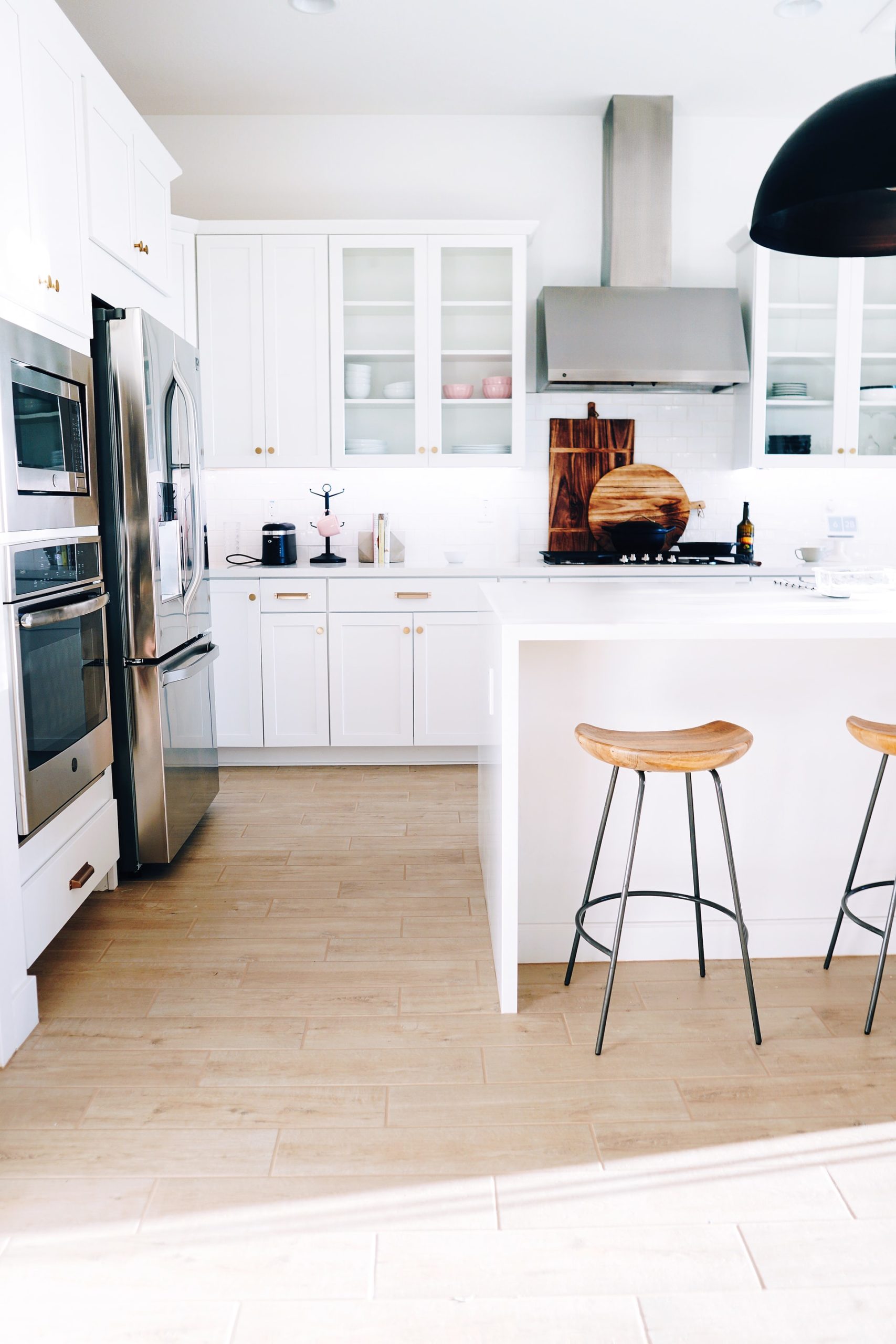When you become a homeowner, there are a lot of things going through your head. How are you going to make your new house a home? How will you afford your mortgage? How can you live an energy-efficient and reasonably priced life? You want all the amenities and to enjoy your new home, but the calculator for your bills puts some pressure on how you’re living. While most expenses are fixed, you’ll find that your energy costs can ebb and flow from month to month. To make sure you aren’t spending an arm and a leg on utilities, it may be time to reevaluate where your energy use comes from.
There are so many things that use energy and electricity within your home. The best way to keep your costs low is to monitor your use of these different systems. From your HVAC unit to your water heater to the technology in your home, be sure you are utilizing energy efficiency and staying smart about your electricity usage. The first step is understanding the amount of energy you are using. Let’s take a look at the different systems and costs that add up to your electric bill.
HVAC Systems
The biggest part of your energy use and costs is your heating and air conditioning. When you break down the numbers, homeowners can expect to use between 35 and 40 percent of the total home energy just on heating this year. Keeping warm during the winter months requires so much energy and insulation that you can expect to owe your utility company more around that time. Your furnace and heating systems work extra to keep your new home warm. Take extra steps where you can to secure insulation, keep cold air out of drafty windows, and keeping sweaters and blankets around so you don’t end up driving your energy consumption up and stressing out your finances.
Water Heating
Your air isn’t the only thing in your home that needs to stay warm. If you enjoy warm showers or running your dishwasher, your water heater will also be a big element of your energy consumption. To help with this energy bill, you may be able to insulate your water heater or turn it down to around 120F. An easy way to help is to install solar panels for your water heater or simply turn it off when you leave for a lengthy vacation.
Lighting
When you think of electricity, you probably think of light bulbs and wiring. Well, the lighting in your home does make up a part of your electric bill. A great way to find more energy savings is to simply turn off lights when you aren’t using them. Don’t waste a lot of energy by keeping things turned on when they don’t need to be. This small step can make a big difference.
Appliances and Refrigeration
When you’re looking for a new home, the appliances are a huge selling point. You want upgrades on the refrigerator and dishwasher and stovetop. Having energy-efficient appliances can greatly lower your electric bill because these appliances make up a big part of your costs. For this reason, one of the big tips for buying a new house in a new city is to prioritize your appliances and make sure you have energy-efficient systems in your dream home.
Electronics and Technology
As technology becomes a bigger part of your life, it becomes a big part of your electric bill as well. The more electronics you have plugged in will add to your energy consumption and costs. While this does make up the smallest percentage of your costs, it can still be helpful to unplug when you can and try not to overload your electric sockets.

